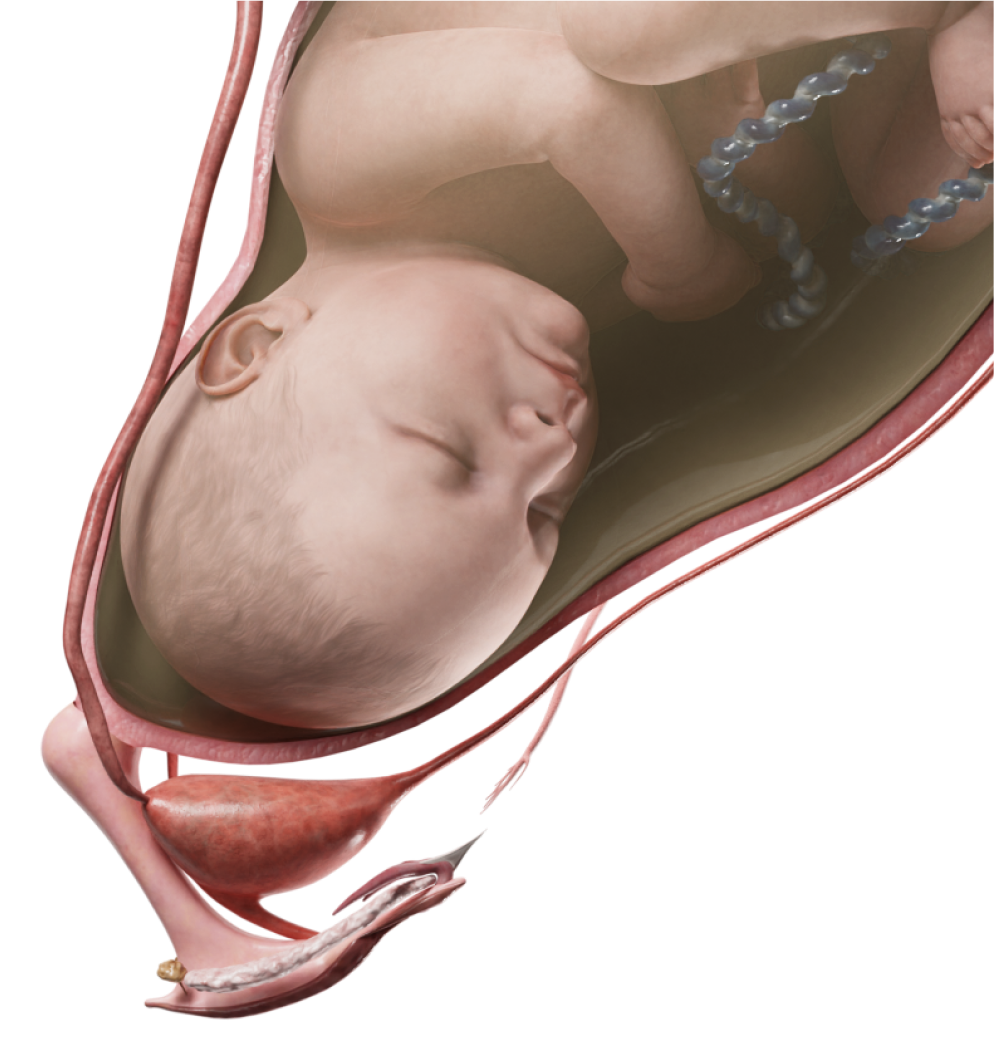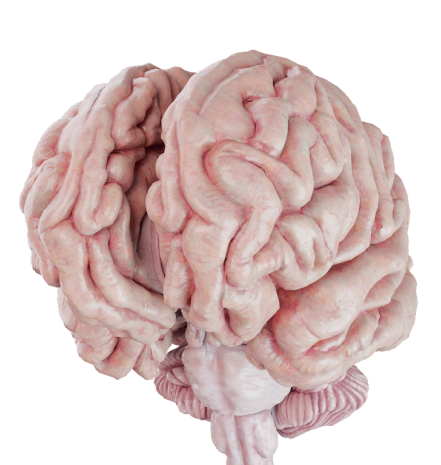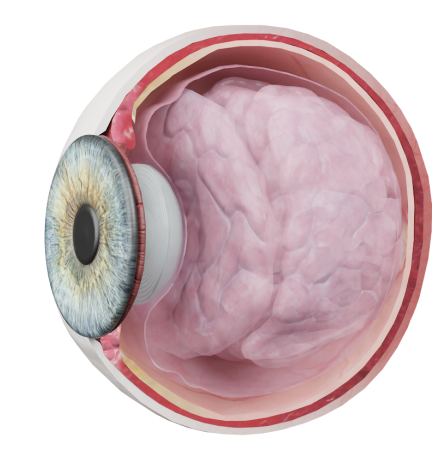Hypertrophy of palatine tonsils
What is Hypertrophy of the Palatine Tonsils?
Hypertrophy of the palatine tonsils (HPT), also known as tonsillar hypertrophy, is an enlargement of the lymphatic tissue bundles located on each side of the oral cavity between the palatopharyngeal and the palatoglossal arches. This is a transient condition with no signs of chronic inflammation.
Classification
By tonsillar enlargement degree:
- Grade 1 hypertrophy
- Grade 2 hypertrophy
- Grade 3 hypertrophy
By localization:
- Unilateral hypertrophy
- Bilateral hypertrophy
Etiology
Tonsillar hypertrophy is one of the most common conditions in children of preschool and school age. It can manifest either as a distinct disease or as a combined condition alongside hypertrophy of the pharyngeal tonsil (adenoid hypertrophy).
The HPT incidence rate is approximately 25 in 1000 children, without any significant differences between males and females. Children from the age of three to adolescence are most commonly affected. HPT is less frequent in older age groups due to the involution of the lymphoid tissue that results from the full development of the immune system. However, hypertrophy can sometimes persist throughout life.
Tonsillar hypertrophy can have multiple etiologies, including adaptation problems and endocrine disorders (i.e., adrenal insufficiency). In addition, allergy conditions, such as lymphatic-hypoplastic diathesis, may be the cause. It should be noted that the palatine tonsils can become enlarged in response to external irritants. These may include postnasal drip, constant mouth breathing, or difficulty in nasal breathing due to inflammation of the pharyngeal tonsil. Another significant reason for HPT that has drawn a lot of attention lately is gastroesophageal reflux (GER) and the irritating effects of hydrochloric acid.
The tonsils are an important part of the immune system. Their major function is to support the local mucosal immune system of the upper respiratory tract. Foreign antigens (viruses, bacteria, etc.) initiate an acquired immune response in the tonsils, leading to transient tonsillar hypertrophy. When exposed to a new antigen, the tonsils produce specific immunoglobulins A (IgA) and G (IgG), which constitute the primary immune response. If a patient encounters the same pathogen later on, existing immunoglobulins enable the production of T lymphocytes in the lymphoid tissue. As a result, a more rapid and effective secondary immune response is generated. However, due to the immaturity of the immune system, T lymphocytes are produced excessively to compensate for their functional insufficiency. This leads to an active proliferation of the tonsillar lymphoid tissue, manifested in hypertrophy.
Anatomic Pathology
The degree of HPT is classified according to B.S. Preobrazhensky. The classification is based on the tonsil localization relative to the fauces:
Grade I hypertrophy: the tonsils occupy less than 1/3 of the space between the palatoglossal arch and the uvula, which is located along the midline of the pharynx.
Grade II hypertrophy: enlarged tonsils occupy 2/3 of the space described above.
Grade III hypertrophy: enlarged tonsils reach the uvula; they may come into contact with each other or overlap.
HPT can be asymmetrical. Typically, enlarged tonsils have a pale pink color and a glossy surface. The altered tonsil tissue is heterogeneous and can be loose and lumpy. Twisted tonsillar crypts can occasionally be observed.
As previously mentioned, HPT is a condition that is not accompanied by chronic inflammation. Therefore, tonsil fusion to the palatine arches, cicatricial changes, or inflammation-induced occlusion of the tonsillar crypts are not common. On palpation, hypertrophied tonsils should come loose from the tonsillar bed easily.
In HPT, histopathological evaluation shows that hyperplastic lymphoid tissue prevails, follicular areas are increased, and plasma cells and macrophages are absent.
Clinical Manifestations
Pharyngeal and palatine tonsil enlargements might be asymptomatic or present with specific complaints, which are more common in grades 2–3 hypertrophy.
In most cases, the only problem that prompts parents to seek medical help is their child's snoring. Parents typically note that snoring is constant and does not depend on sleeping position. Frequent nighttime awakenings are also common, leading to fatigue and poor concentration during the day. If combined with adenoid hypertrophy, HPT may trigger sleep apnea (lapses in breathing during sleep).
Severe HPT is characterized by trouble swallowing and a feeling of a lump in the throat, which causes significant discomfort for the patient. Tonsillar hypertrophy can also significantly affect a child's speech, resulting in nasal or slurred speech and dysphonia. Moreover, the pharyngeal opening of the auditory tube may become blocked if an individual presents with a high superior pole of the tonsils complicated by a severe HPT. This results in middle ear congestion and otitis media with effusion, which deteriorate the hearing function.
Diagnosis
Oropharyngoscopy and medical history are sufficient to diagnose HPT; laboratory testing is not required.
It is essential to come up with a differential diagnosis, which includes chronic tonsillitis, hematopoietic disorders (leukemia), and neoplasms of the palatine tonsils, especially in the case of unilateral hypertrophy.
Treatment
The main treatment for HPT is surgical (if indicated).
In preschool children, a tonsillotomy (also known as partial tonsillectomy) is typically performed. This procedure means that only hypertrophied areas of the tonsils are to be excised. Another type of surgery for HPT is tonsillectomy, when all tonsillar tissue within the tonsillar bed is removed, including the capsule. It is more often used in older age groups. In cases of concomitant adenoid hypertrophy that requires treatment, the main type of surgery can be performed alongside adenotomy when the pharyngeal tonsil is excised. The procedures given above are elective inpatient surgeries performed under general anesthesia.
The primary indications for surgical treatment are apnea, recurrent otitis media with effusion, and severe speech impairment. It is also important to ensure that there are no contraindications, such as coagulation disorders or acute inflammatory processes.
Conservative treatments have been found to be ineffective. Occasionally, homeopathic products, herbal remedies, and physiotherapy may be considered. However, there is currently no scientific evidence to support the efficacy of these therapeutic approaches.










